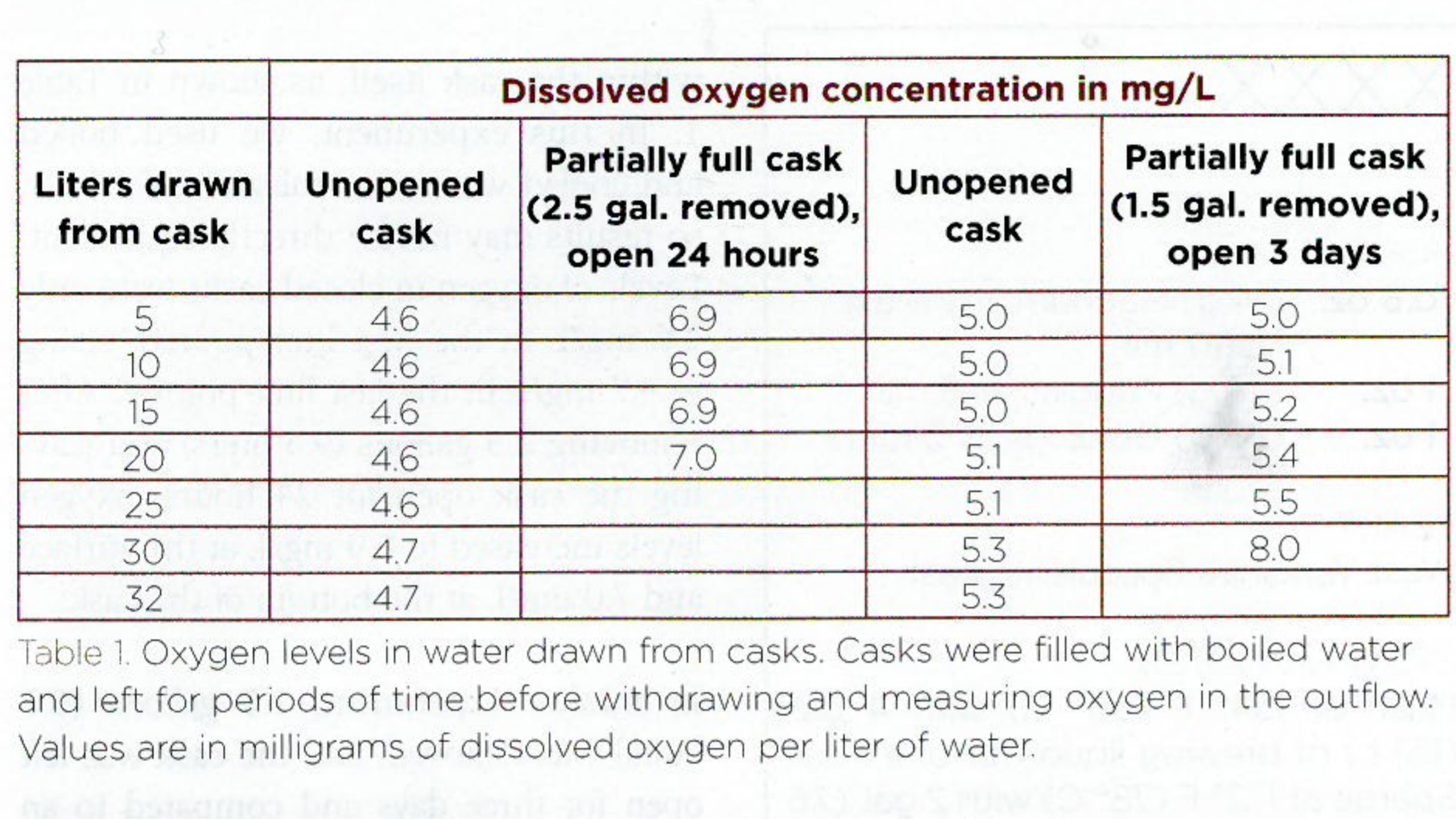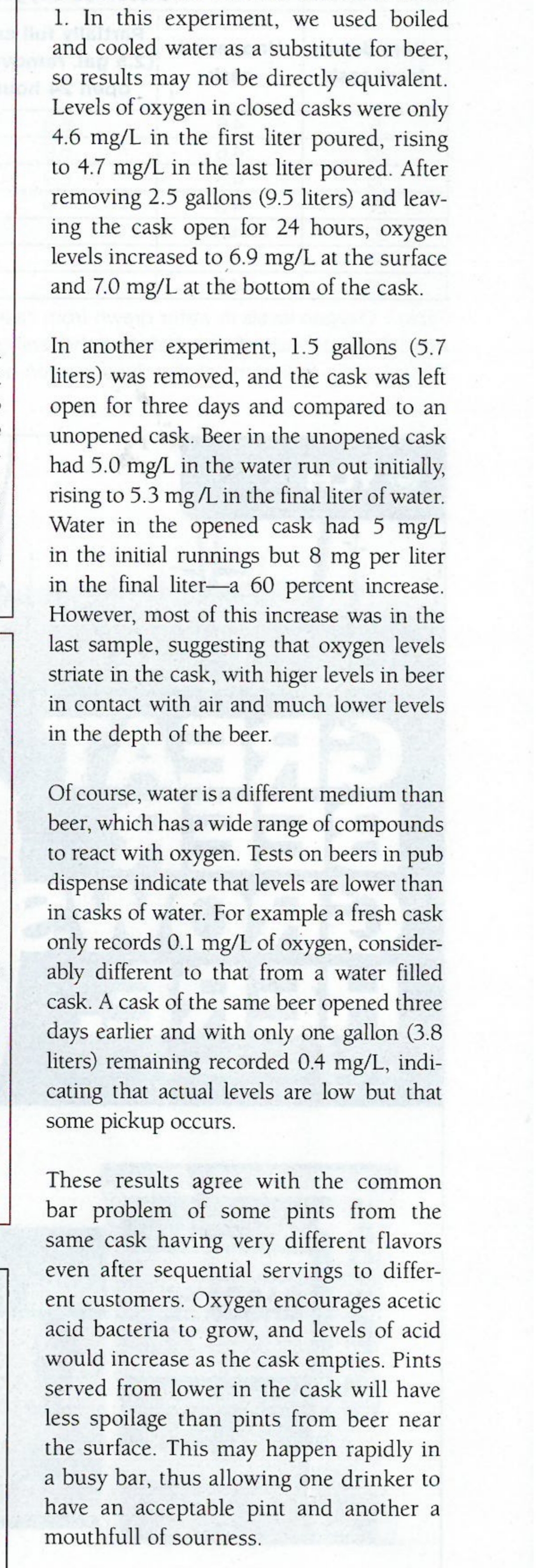I guess the only issue you have to overcome is that thick, long lasting, shaving cream like foam. Almost there [emoji41]
In the Netherlands, they'd swipe that foam off with a scraper before serving. For them, major faux pas to serve like that.
I'm drinking a homebrew pils at the moment that just has the perfect head. It's halfway gone, but still sporting this wonderful 1/4" foam. I probably should dispense more aggressively to get rid of some of the carbonation, but I've got these awesome flow control taps and they make a really nice glass.




